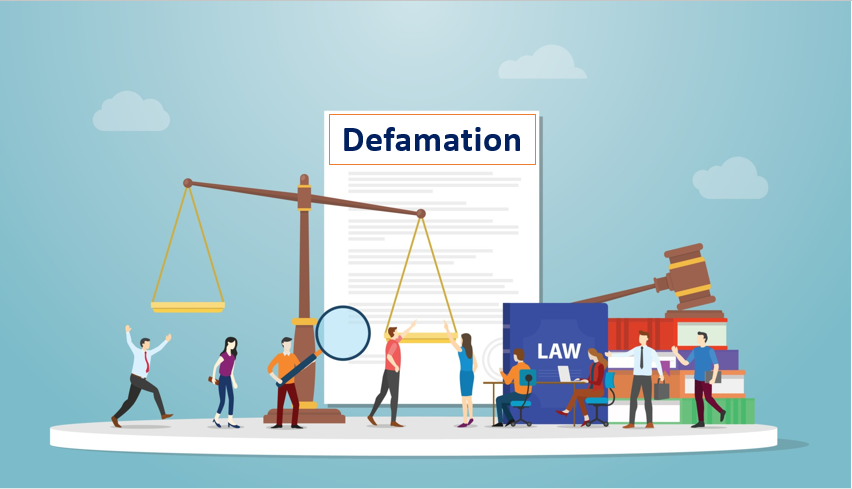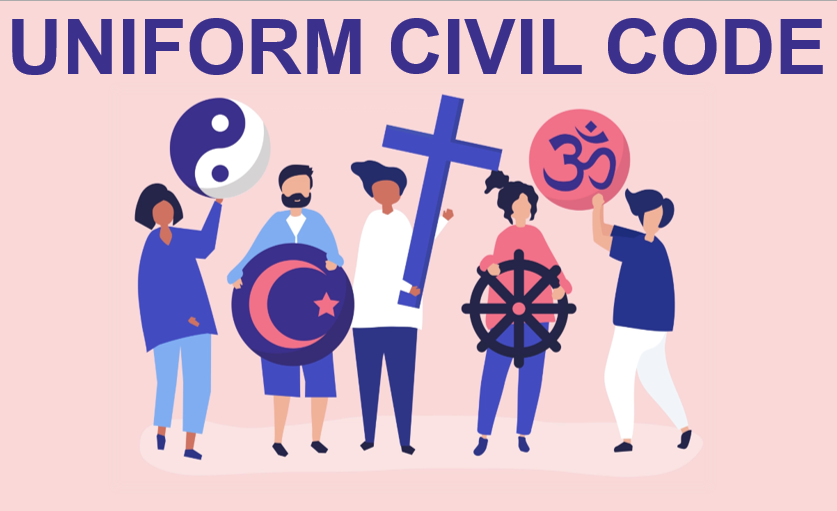Published On: 10th January, 2025
Authored By: Maanya Jain
Vivekananda Institute of Professional Studies
INTRODUCTION
Since time immemorial we as a collective society have been following our rituals or traditions which are more commonly referred to as customs. These customs are simply defined as some social practices that are accepted by society as a whole and have been implemented in society as well. These customs evolved and some of these were turned into customary law. These customary laws are codified and approved by the legislative body. Thus, they are generalized as well as generally accepted. Fundamental rights on the other hand are defined as constitutionally granted rights. These rights protect our other rights which are enshrined under the constitution, for instance right to constitutional remedies which is provided under article 32 of the constitution of India. Now, a fundamental question that arises here is how a relationship exists between fundamental rights and customary law. Here, let’s take an example, the concept of saptapati is considered an essential element in Hindu marriages and has been codified and prescribed under the Hindu Marriage Act as well. The freedom to choose your spouse, which is a fundamental right and to perform the social customary practice of saptapati which is a customary law. Thus, this shows that there is a nexus between fundamental rights and customary law.
CUSTOMS AND ITS EVOLUTION TO CUSTOMARY LAW
Customs form the basis of customary law. Without customs, there cannot exist customary law. Customs are simply defined as a widely accepted conduct that is accepted by the majority as a whole.[1] Customs are understood as a social practice that society accepts wholly and has been practiced from time immemorial. The term ‘time immemorial’ means that the society or the people themselves do not know the origin of that custom. Thus, customs are an integral part of our society and reflect our culture, diversity, and rituals. Customs have been regarded in the historical school of law which says that law is derived from customs, it is found in society. Now, an important thing to note is that customs are even considered a source of law in the historical school of thought. Austin defines customs as “custom as a rule of conduct which the governed observe spontaneously and not in pursuance of law set by a political superior. Since Austin emphasized command of the sovereign is law, thereby he considered authority who makes law become a source of law, his views were always perceived to be contrary to customary law[2].” Jurist Savigny on the other hand was the pioneer of the historical school of law. Savigny defines customs as they are found in society and are a source of law. Here, are a few pre-requisites for customs-
- FOLLOWED BY SOCIETY- For any social practice to get into the shape of custom, it should be wholly accepted by society as a whole. It should not be like that one strata of society accepts it while the other does not.
- TIME IMMEMORIAL- It should be in such a way that the society itself does not know the origin of the customs. For instance- the practice of saptapati has been prevalent for a long period.
- CONTINUITY- The custom should be followed without any breakage of it. This means that the custom should be continuous and not be that it was followed for only a particular period.
Customs evolve and take the shape of customary laws. These customary laws have been codified and approved by the legislation itself. Thus, customary laws are nothing but just codified and approved by the political authority. They have been written down in any statute or an act. Take for example- the practice of saptapati which is scribed in the Hindu Marriage Act.
FUNDAMENTAL RIGHTS
Fundamental rights are the basic human rights enshrined in the Constitution of India which are guaranteed to all citizens. They are applied without discrimination based on race, religion, gender, etc. Significantly, fundamental rights are enforceable by the courts, subject to certain conditions.[3] Fundamental rights are, as the name suggests, fundamental in nature and have been granted by the Constitution itself. These rights are immune to our other rights. Fundamental rights are guaranteed under PART III of the constitution.
CASE LAWS
- JALLIKATTU SPORTS CASE
This case is more commonly referred to as the Animal Welfare Board v. A Nagaraja. The case revolves around questioning the old, practiced custom of fighting with bulls. Under the practice, the one who could calm the bull showcased power. The court under this landmark case expanded the ambit of justice not just to humans but to animals as well. The fight also led to the death of many individuals and shadowed their right to life and liberty. This applies to animals as well. The brutality under the umbrella title of occasion, fun, or enjoyment will not be accepted, the court said. Also, the rights constitutionally given to animals are thereby mentioned under the fundamental duties under Article 51-A.
- SABRIMALA CASE
The most famous case of the Indian Young Lawyers Association v. State of Kerala deals with the unchecked practices of various areas that might include temples. The case of Sabarimala temple is of the same context. Women who fell within the menstrual cycle age group were not allowed to worship inside the premises of the temple. The rule of the temple to restrict a particular group of women was considered unjust and considered a violation of their fundamental right to worship freely which is mentioned under the right to freedom of religion (article 25- 28). The court ruled in favor of the Young Lawyers Association saying that an old customary practice cannot override the fundamental rights in any scenario.
CONCLUSION
Fundamental rights are inalienable and cannot be overridden by anyone individual or any association or group in any case. The nexus of fundamental rights and customary law (evolved from customs) is seen as that fundamental rights cannot shadowed because of a custom or a practice. Fundamental rights are given by the supreme law, that is the constitution itself, whereas the customs are not even codified. Thus, customary laws need to be placed below fundamental rights which are clearly elaborated by judicial precedents like the Sabarimala Case.
Reference(s):
[1] Snegapriya V S, ‘Customs as a Source of Law’ (law Corner, 9 February 2022) <Custom As A Source of Law – Law Corner> accessed on 19 February 2024
[2] Snegapriya V S, ‘Customs as a Source of Law’ (law Corner, 9 February 2022) <Custom As A Source of Law – Law Corner> accessed on 19 February 2024
[3] Arpan Malik, Fundamental Rights (Article 12-32) (BYJU’S, 31 July 2022) <Fundamental Rights (Article 12 -35) – List of Fundamental Rights (byjus.com)> accessed on 20 February 2024


